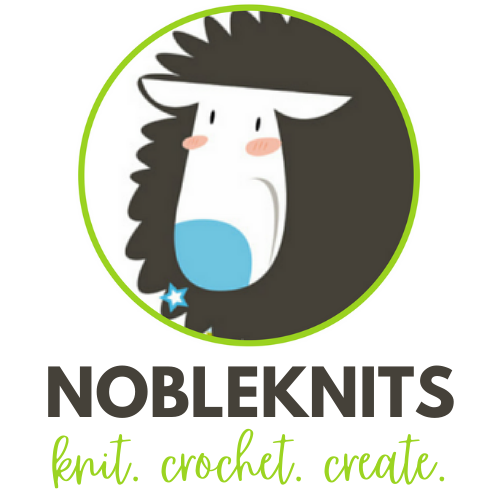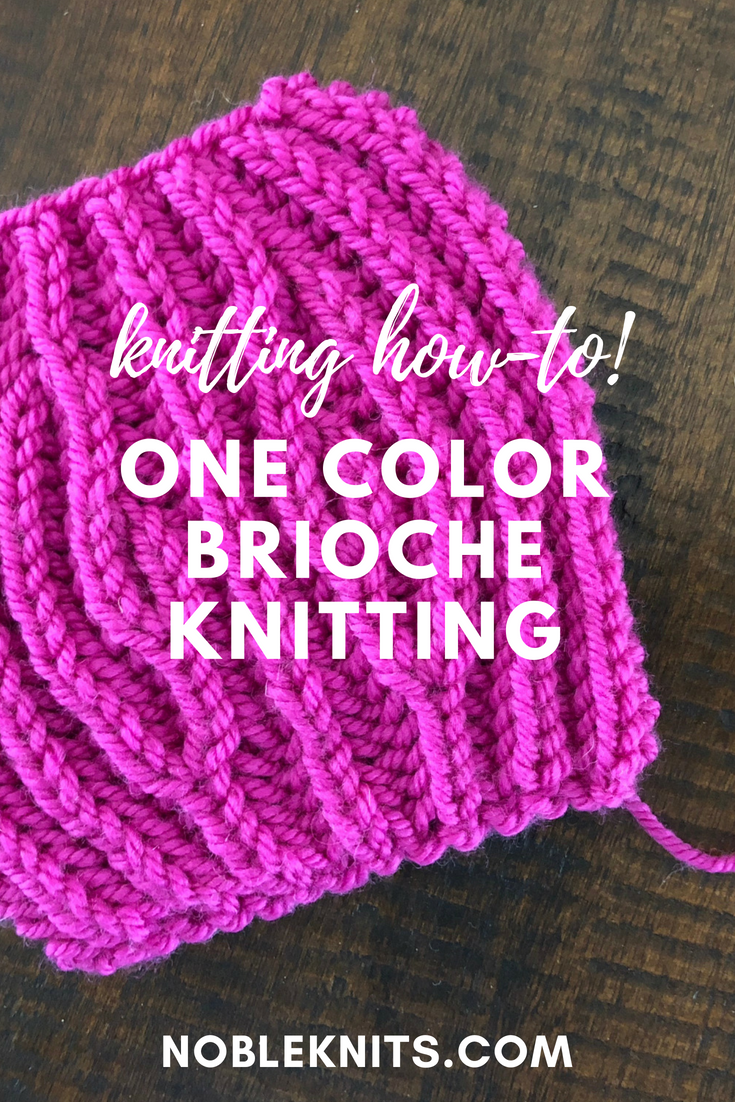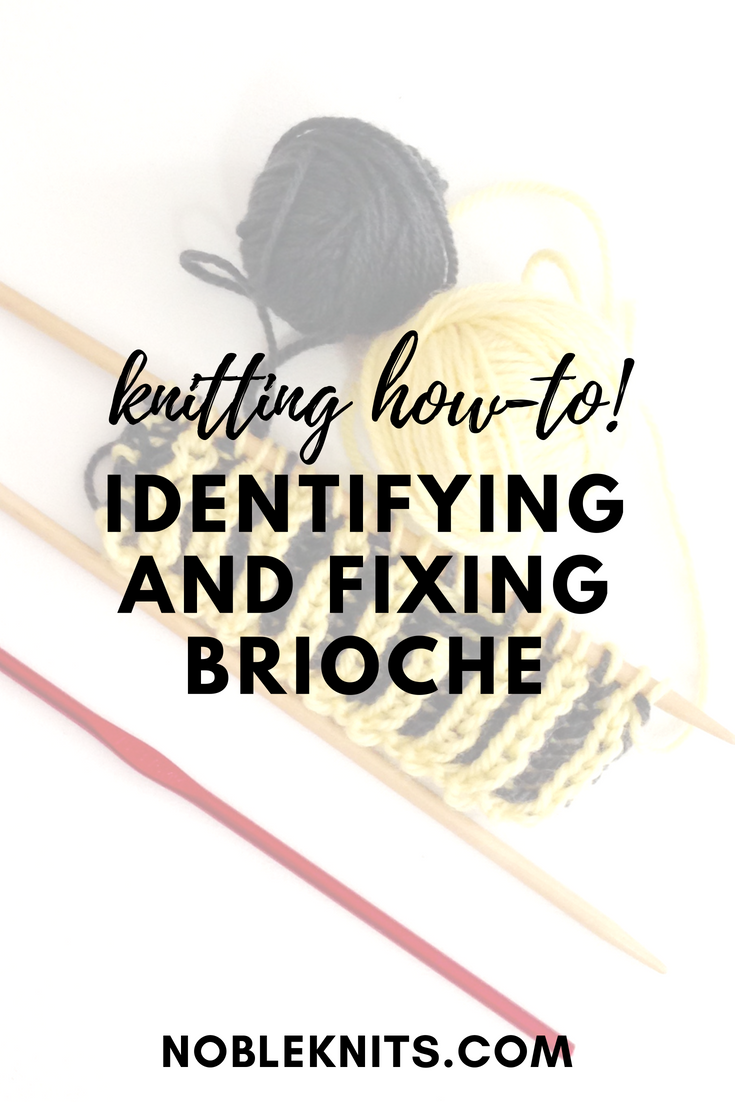Brioche Week, Day 1: 1-color brioche, worked flat
Waaaaaaaaaay back in 2014 Mercedes Tarasovich Clark released Brioche Chic and my obsession with brioche began. I swatched in 1 color, in two, flat and in the round.
I even made a horrible hat for my father in law that, bless that man, he still wears it!
Don't get me wrong, the hat design is not horrible (I totally adore it, and Mercedes) but rather my inability to read the pattern made the hat super weird. I worked everything as brk's (brioche knit) instead of in proper brioche (alternating brioche knit and brioche purl rounds).
I don't know WHAT I was thinking. But suffice it to say, I've learned a lot since then.
Later that same year, Nancy Marchant, the undeniable queen of brioche, released her latest brioche book, Knitting Fresh Brioche. These two book releases in such short order took the knitting world by storm, and here we are, 3 1/2 years later and the brioche bug is still going strong. That's a very long time for a knitting trend to stick around. And since it is, we're going to offer up a weeks worth of beginner tutorials and tips if you haven't yet tried this completely addictive knitting skill.
Day 1: How to Brioche flat, using 1 color!
My first brioche swatch - threw in some shaping just for fun!
While I still hold firm that knitting brioche using 2-colors is easier than knitting it with 1 color, starting with 1-color knit flat is the most approachable way for a knitter to get comfortable with brioche. We can start by getting the rhythm of brioche, which is a 2-stitch pattern, and go from there.
Interesting Tidbit! Unlike brioche worked in the round or brioche worked flat using 2 colors, 1-color brioche worked flat is the only fabric that can be created on traditional knitting needles (i.e.: straight needles with a stopper on one end). The other 3 methods require either circular needles (obviously, for working in the round) or DPN's - yes, even for 2-color brioche worked flat! So dig out your circulars or DPNs, a trusty yarn like Ewe Ewe Yarns that can be worked and worked and worked again without pilling or un-twisting, and join me for a weeks worth of Beginner Brioche!
Brioche Abbreviations!
Before we get to the video and cast on to practice, we should start with some abbreviations.
BRK - brioche knit!
You'll find that a lot of abbreviations in brioche simply append "br" to the front. So, br + k = brk, which simply means brioche knit.
This stitch is worked very similarly to a k2tog - you will knit a stitch together with it's yo wrap.
sl1yo - read as "slip 1, yarnover".
Depending on how you hold your yarn and how your mind works you may argue that this should be abbreviated differently but since I didn't come up with the terminology all I can say is "that's how it's done".
The general mechanics of a sl1yo is very simple: with the working yarn in front, slip the next stitch purlwise and then move the working yarn into position to knit the next stitch (which creates the yarnover).
To further deconstruct this set of instructions, be aware that there will be a lot of movement of the working yarn. For example, as we will be doing in today's tutorial, working in brioche knit stitches only, we will always be moving the working yarn to the front of the project BETWEEN the needles to work the sl1yo, before returning it to the back of the work, OVER the right hand needle, and into position to knit the next stitch.
This is where the abbreviations list will end for today! I don't want to get into the purl stitches until tomrrow when we look at working brioche knit flat using 2 colors.
Brioche along with the video!
This is the first YouTube video I ever created. I was clearly nervous and embarrassingly at the halfway point of the video I say "slip knitwise" (I totally mean purlwise) but I think it's fairly easy to follow. I recommend watching it through once so you can see what's to come and then pause and follow along the second time through.
In the below video I am using Ewe So Sporty (a sport weight yarn) by Ewe Ewe Yarns and a set of US 6 (4mm) double-pointed needles (DPNs).
I have cast on using the long tail cast on method (though if you're familiar with the Tubular Cast-On it's also very good for brioche since brioche is a very stretchy fabric).
INSTRUCTIONS
Cast on 20 sts.
Setup Row: K1, *k1, sl1yo; rep from * to last st, k1.
Row 2: K1, *brk1, sl1yo; rep from * to last st, k1.
Rep Row 2 on the RS and WS of the fabric..
Without further ado, here is the video!
MY FAVORITE BRIOCHE TIP!
"Reading" brioche is the biggest hurdle in learning this new skill. Many of us are so familiar with reading stockinette (little V's on the RS and little bumps on the WS) but brioche fabric is a rib. It may help to think of it as just that - ribbing! Except in 1-color brioche there's no purls; the sl1yo column of stitches is our "purls" in ribbing.
But here's my favorite tip on reading your brioche on your needles if you put it down.
If you see 2, make it one.
If you see one, make it 2!
What I mean, very simply, is when you're looking at the sts on your needle, if the stitch is single, as in it doesn't have a wrap around it, work it as a sl1yo to give it a wrap. If it DOES have a wrap, you need to knit it together, sort of like a k2tog, to make it a single stitch.
C'mon back tomorrow!
Tomorrow we're going to dive right into 2-color brioche, worked flat. If today was a bit of a struggle for you with regards to reading your stitches, I think you'll find tomorrow clears things up a bit for you. By using two colors, our wrapped stitches become more obvious. Plus we'll be learning about purling in brioche!
Feel free to ask questions here in the blog post. And if you're a social media user, we would love to see the samples of you trying out brioche. Tag @nobleknits on Twitter or Instagram and use #briocheweek on Twitter, Instagram or Facebook.








